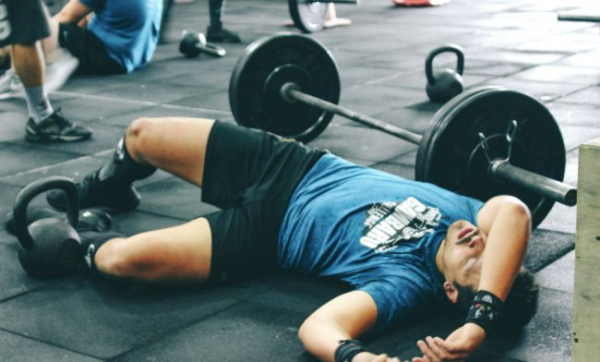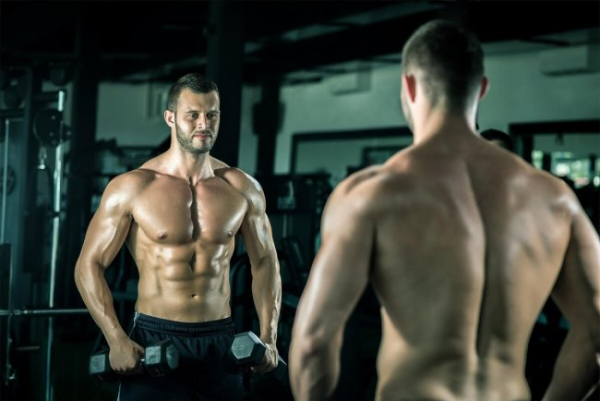
Many people want to achieve a slim figure and excellent muscle tone. This can be achieved through diet and exercise. Let's look at a problematic area: the abdominal muscles. A little anatomy: they consist of the rectus abdominis, obliques (internal and external), and transverse abdominis. Today, we'll talk about training these muscles. However, it's important to remember that 80% of success is a properly chosen diet. But that's a story for another time. So, training.
When training your abdominal muscles, remember one important rule: excessive repetitions and sets of abdominal exercises will not be beneficial. This is because human abdominal muscle cells rely primarily on aerobic energy production, meaning they work constantly until we lie down and completely relax. This factor determines the tendency to accumulate fat in the lumbar region, which serves as an energy source for prolonged, moderate-intensity exercise, such as walking or even just standing. Therefore, the more intense the energy metabolism in the abdominal muscles, the more they tend to accumulate fat around themselves.
So, the abdominal work should be firm and intense, but short-lived. No more than 20-25 reps should be performed per set. The number of sets should be 4-6 (this includes working all abdominal muscles).
Here are some exercises that will help develop your abdominal muscles:
1. Straight leg raises from a lying position or on an incline board (this exercise works the lower rectus abdominis). If you're doing the exercise at home, a simple straight leg raise from a supine position will work.
2. Trunk curl with twist (this distributes the load on the upper rectus abdominis and oblique muscles). To perform it, lie on your back on the floor and place your feet on a bench (or any suitable elevated surface) in front of you, bending your knees. Place your hands behind your head and begin to curl your torso toward your knees, bringing your right, then your left, elbow toward the opposite knee. Continue this pattern until the end of the series.
3. Bending the torso on a special bench for the press – a Roman bench (works the upper part of the rectus abdominis muscle).
4. Hanging knee raises (targets the lower rectus abdominis). It's best to work the abdominal muscles at the end of your main workout, and again, keep your training moderate.
There are many more exercise variations, but these are the most commonly used.
You should also pay attention to stretching the anterior abdominal wall (after the exercise), as insufficient stretching leads to a tighter lateral abdominal wall, which is not beneficial for those who want a slim waist. A good stretching exercise is the “bridge.”
Incidentally, exercises that hit the pelvic area, such as squats and deadlifts, cause the pelvic bones to grow, which also negatively affects the appearance of your waist.
And one more thing! Some people seem to have a normal overall body fat percentage, but still have a slight belly. This is the result of insufficient muscle tone. And it's not just the abdominal muscles. The hamstrings (biceps femoris) are also a problem. When poorly developed, they push the front edge of the pelvis, thereby taking some of the load off the abdominal muscles. As a result, your belly looks saggy. So, don't forget to exercise your hamstrings.
I hope these tips are helpful in achieving the body you've always dreamed of! Good luck!






